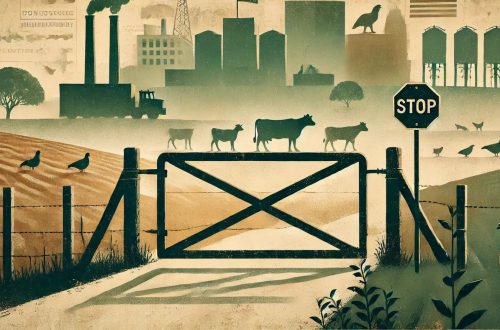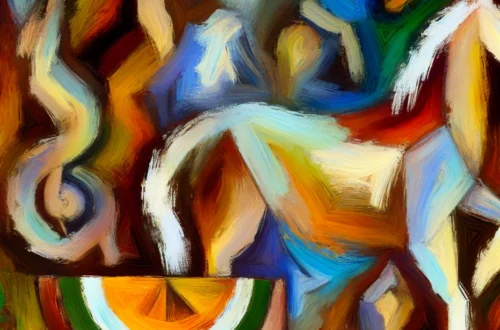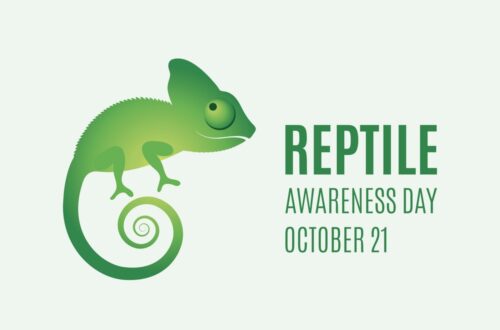Decoding Our Bias: The Unequal World of Animal Empathy

Imagine two animals in front of you – a playful puppy and a scurrying rat. Which one draws your empathy? This choice reveals a deep-rooted bias in how we view and treat animals. It’s as if our hearts have a special corner for pets like dogs and cats, while creatures like rats scurry in the shadows, unnoticed and often unwelcome.
Have you ever stopped to think why we’re drawn to some animals and just can’t warm up to others? Take rats, for example. We see them as pests, invaders in our perfectly crafted urban lives. They don’t get the affectionate glances reserved for dogs wagging their tails or cats with their hypnotic purrs. But why is that? After all, rats are just as much a part of our urban jungle as the street dog hunting for scraps.
This bias, it’s not just about cuteness. It goes deeper, tangled in the webs of our cultural and social conditioning. Dogs and cats, they’ve been part of human lives for a long time. They’ve been our guards, our companions, and sometimes, our guides. Their expressions, their sounds, even their movements, we’ve learned to read and understand them, almost as if they’re speaking our language.
Understanding an animal’s language plays a significant role in how we connect and empathize with them. When we learn to interpret a dog’s playful barks or a cow’s gentle moos, we forge a deeper bond with these creatures. This connection often leads to greater affection and care. It’s a beautiful process, unveiling the unique ways in which different species communicate and express themselves.
However, it’s crucial to acknowledge that our inability to understand every animal’s language doesn’t diminish its significance or value. Just because the chirps of a sparrow or the rustling movements of a lizard are incomprehensible to us, doesn’t mean these forms of communication are any less important. Each species has its own language, a complex system of communication that is perfectly tailored to their needs and lifestyle. Respecting this fact is key to appreciating the incredible diversity of life around us.
The less understood-species unfortunately become the outcasts, the misunderstood ones. They don’t have the expressive eyes of a dog or the elegant poise of a cat. Their language is alien to us, their lives a mystery. We see them scurrying and our instinct tells us ‘pest’, not ‘pet’. It’s funny, though, how these little creatures are smart, social, and even capable of forming bonds, much like the pets we dote on. But our biases blind us.
This selective empathy of ours, it’s more than just personal preferences; it shapes our actions and attitudes. Think about it – the street dog gets a shelter during monsoons, but the rat? It’s lucky if it doesn’t end up on a glue trap. It’s this unequal distribution of compassion that paints a rather incomplete picture of our coexistence with animals.
This selective bias towards certain animals significantly impacts the way we advocate for them. Take, for instance, the tiger, a majestic animal often seen as the poster child for wildlife conservation in India. While the tiger undoubtedly deserves our attention and protection, this focus sometimes overshadows the needs of other species considered ‘lesser’ in the hierarchy of charismatic fauna. Lesser-known species, which are equally important to our ecosystems, often receive minimal attention and resources in conservation efforts.
Similarly, our fondness for dogs over chickens is another example of this bias in action. Dogs, being more relatable and expressive to humans, often receive greater empathy and advocacy. On the other hand, chickens, despite being sentient beings capable of experiencing pain and distress, are frequently overlooked in animal welfare discussions. They are often relegated to the status of mere commodities, with little consideration for their well-being.
This disparity in advocacy leads to an imbalance in conservation and welfare efforts. It’s not just about saving the most majestic, the most relatable, or the most visible animals. It’s about recognizing that every species, no matter how small or seemingly insignificant, plays a crucial role in the web of life. Each species, from the tiniest insect to the largest mammal, contributes to the biodiversity essential for a healthy and functioning planet.
There’s certainly room for us to grow in our understanding and perception of the less “cute” species. Recognizing all animals as fellow inhabitants of our urban landscape, each striving for survival in their own unique way, isn’t too much to ask. Every being, whether it’s a dog that captures our hearts with its expressive gaze or a rat navigating the city’s underbelly, plays a role in the intricate web of life. Understanding and respecting this diversity is crucial in fostering a more inclusive and compassionate environment for all.
It’s about broadening our horizons, about rethinking what it means to coexist. It’s time we start acknowledging their presence, understanding their role, and maybe, just maybe, learning to share our space with a bit more kindness and a little less bias. It’s about giving every creature its due, not because it looks cute or cuddles well, but simply because it exists. After all, empathy shouldn’t be a privilege reserved for the expressive few; it should be a gift we freely give to all life, big or small, furry or not.




